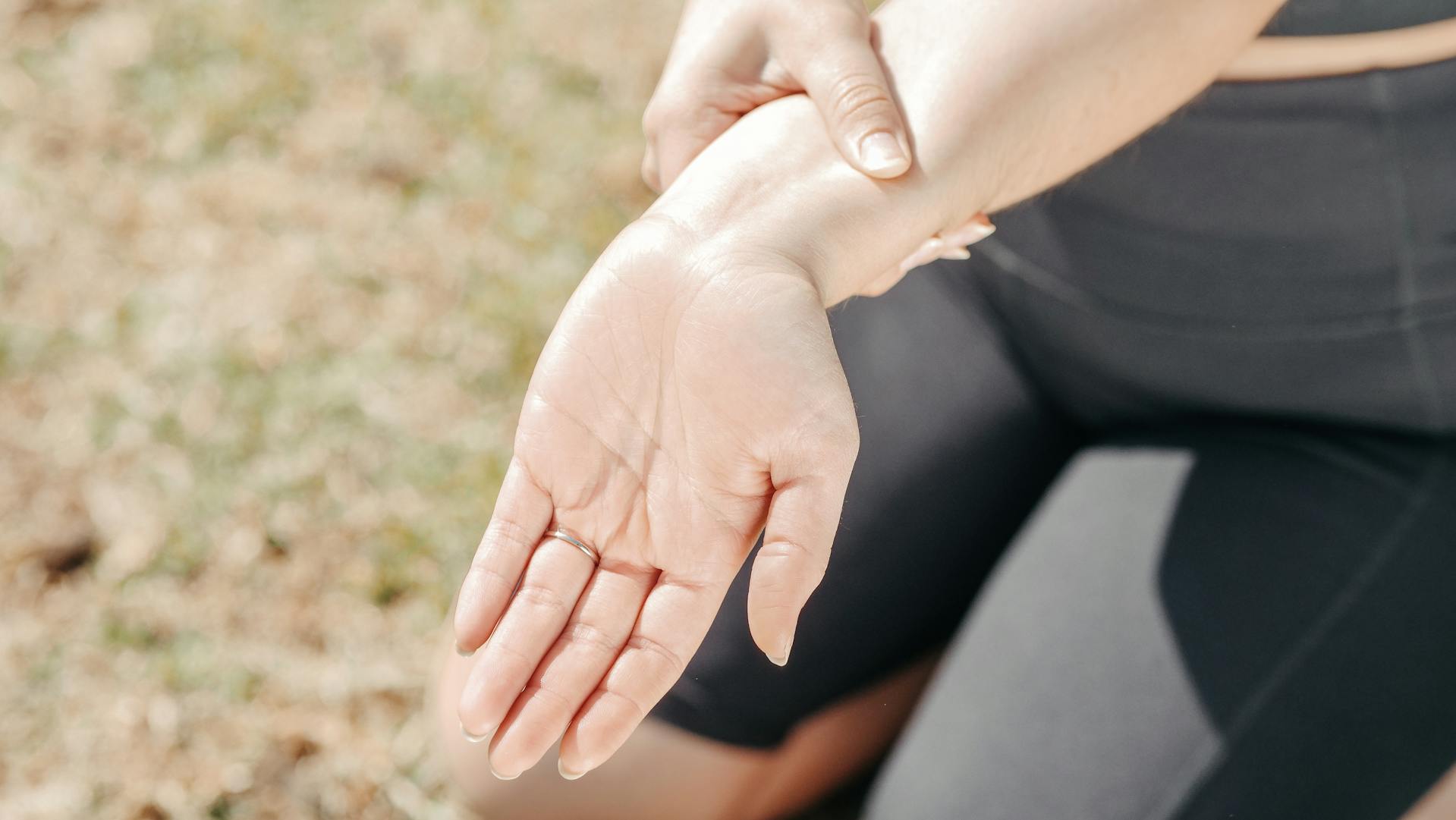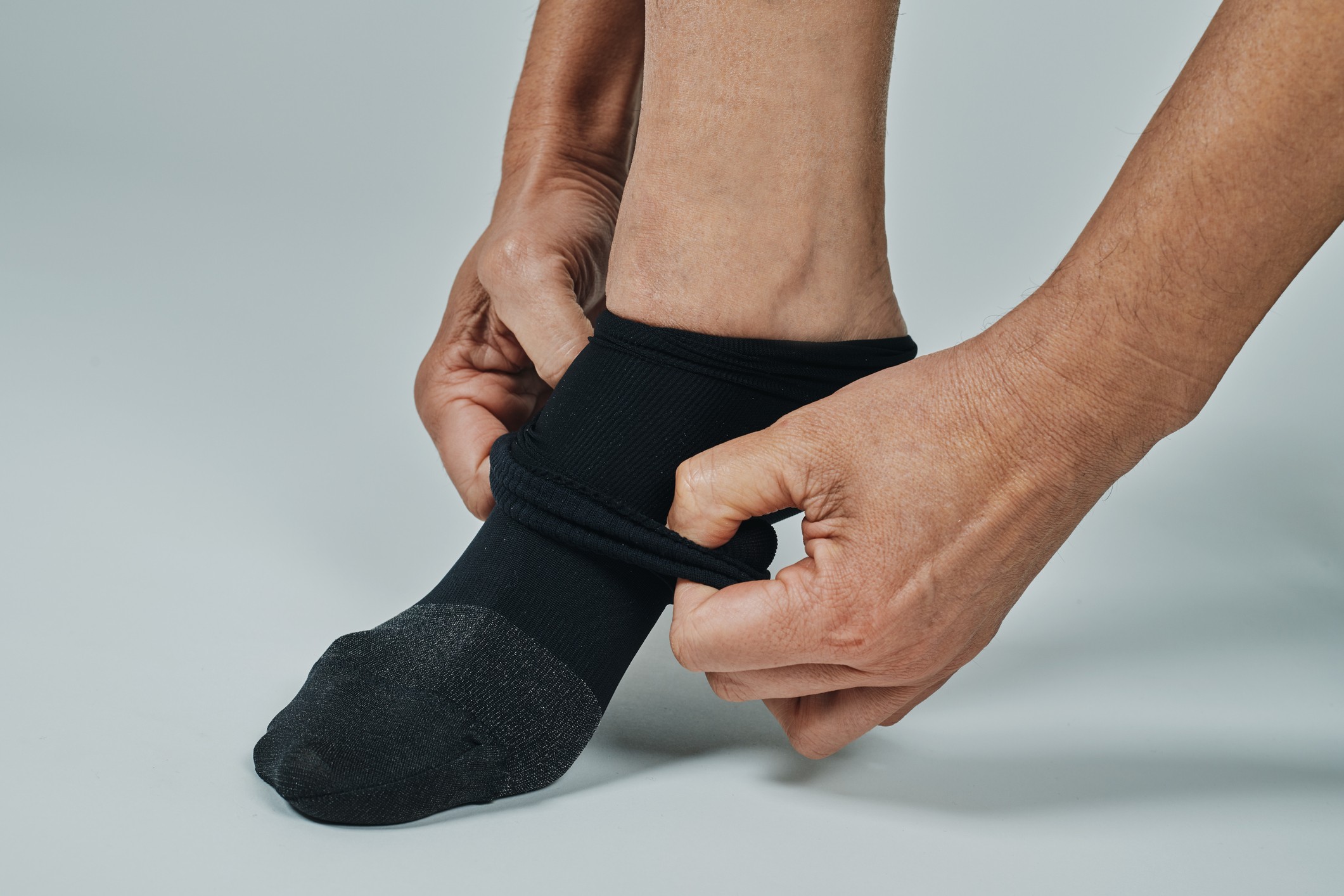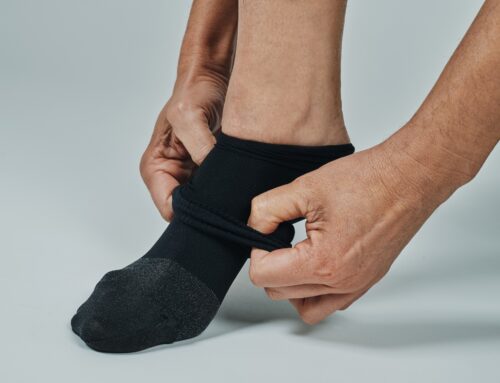The realm of athletics has progressively embraced the incorporation of technologically advanced equipment in both training and recovery phases. A noteworthy element of this evolution is the increasing reliance on compression wear, lauded for its potential to amplify performance and minimize injury. At the heart of this trend lies the emphasis on compression socks for athletes.
These are not just your everyday socks; they are meticulously engineered garments that embrace the athlete’s foot and calf, designed to deliver a range of benefits that can make a tangible difference in both amateur and professional sports.
What Makes Compression Socks Unique for Athletes?
As athletes continually seek ways to gain an edge in performance and recovery, compression socks have emerged as an essential tool in their gear. But what precisely sets these socks apart, and why are they gaining such rapid traction among the sports community?
Science Behind Compression
Compression, at its core, is about applying a calculated amount of pressure to certain parts of the body to achieve specific health and performance objectives. This concept, when applied through socks, targets the feet and calves in a manner that provides a slew of benefits.
- Improved circulation
Compression socks gently squeeze the leg tissues and wall of the veins, aiding in the return of blood to the heart. This boost in blood circulation helps deliver more oxygen-rich blood to muscle groups, which can improve performance and reduce fatigue. - Faster recovery
By supporting blood flow, the socks assist in flushing out waste products from muscle use, such as lactic acid. This accelerates the recovery process, meaning athletes can bounce back quicker from intense workouts or competitions. - Reduced muscle vibration
During physical activities, muscles constantly vibrate due to impact. This vibration can lead to fatigue and muscle damage over time. Compression socks stabilize these muscles and reduce the rate of vibration, minimizing the wear and tear athletes might experience.
The Material Matters
It’s not just about the pressure; it’s also about the fabric. While the science of compression is pivotal, the material used in these socks plays a significant role in their efficacy. The ideal compression socks for athletes are made of breathable, flexible fabrics that conform to the contours of the foot and calf without constraining movement.
- Ensure that athletes remain cool and dry, wicking away sweat and allowing for efficient temperature regulation.
- Offer optimal stretch, ensuring the compression is uniform and not overly restrictive.
- Are durable, standing up to the rigors of frequent use and washing, making them a long-lasting investment for athletes.
While the science of compression provides the foundation of benefits, the material amplifies those benefits, ensuring athletes get the most out of their compression socks.
Benefits of Compression Socks for Athletes
For athletes, the ultimate goal is to improve and maintain peak performance while ensuring their bodies remain in optimal condition. This is where the benefits of compression socks shine, providing a synergistic combination of performance enhancement, recovery aid, and injury prevention.
Enhanced Athletic Performance
Athletes strive for that extra push, that additional percentage of efficiency, and compression socks provide exactly that. Below are some of the performance-enhancing benefits:
- Boosted oxygen delivery to muscles
With improved circulation comes increased oxygenation, enabling muscles to work harder and longer before fatigue sets in. - Improved endurance
By supporting blood flow and reducing muscle vibration, athletes can push through longer training sessions and sustain peak performance for extended periods. - Stability during high-impact activities
The snug fit of compression socks offers support to the calf muscles, reducing oscillation and providing stability during running, jumping, or other high-impact sports.
Swift Recovery After Workouts
After the strain of an intense training session or competition, recovery becomes paramount. Compression socks offer benefits that are indispensable for athletes looking to minimize downtime:
- Reduction in muscle soreness
By promoting better blood flow, compression socks aid in flushing out lactic acid and other waste products, alleviating post-workout muscle soreness. - Lower risk of muscle damage
The socks’ ability to reduce muscle vibration and oscillation means there’s less micro-tearing of muscle fibers, leading to lesser muscle damage. - Speedier return to training
With minimized soreness and muscle damage, athletes find themselves ready to get back to training quicker than usual, ensuring consistent progress.
Reduced Risk of Sports-Related Injuries
For an athlete, injuries aren’t just setbacks; they can be career-ending. Compression socks offer an additional layer of protection:
- Prevention of shin splints
By offering support and reducing muscle oscillation in the lower leg, these socks can help in preventing the painful condition known as shin splints, common among runners. - Decreased risk of muscle strains
The enhanced stability and reduced vibration mean muscles are less prone to sudden strains or pulls, especially during high-intensity activities.
The all-encompassing benefits of compression socks for athletes make them not just an accessory, but a crucial component in the arsenal of sports gear. Whether you’re a weekend warrior or a professional athlete, the advantages they offer are hard to ignore.
Who Should Wear Compression Socks?
The appeal of compression socks spans a broad spectrum, from those who enjoy a casual jog around the block to elite athletes competing on the world stage. Yet, are they universally beneficial? Let’s differentiate between the varying tiers of athletic involvement to determine who stands to gain the most from incorporating compression socks into their regimen.
Amateur Athletes
Those who indulge in sports as a hobby or as a means to keep fit fall into this category. Whether it’s weekend soccer games, occasional marathons, or gym workouts:
- Benefits
Amateurs often don’t have the extensive recovery routines that professionals do. Compression socks can bridge that gap, aiding in faster recovery after bouts of physical activity. - Recommendation
Given their sporadic and potentially intense periods of activity, wearing compression socks during and after the activity can help amateur athletes manage muscle fatigue and reduce the risk of injuries like shin splints.
Professional Athletes
This group comprises individuals for whom sports is a career. Their training is rigorous, and their performance is of paramount importance.
- Benefits
Professionals need every possible edge over their competition. The enhanced circulation and stability provided by compression socks can optimize their performance during events and expedite recovery afterward. - Recommendation
Regular use, especially during training sessions, competitions, and post-activity recovery periods. The consistent support and circulation benefits can be integral to their ongoing performance and career longevity.
The In-Betweeners
These are the fitness enthusiasts, the semi-pros, those who train like professionals but might not compete at that level. They’re often involved in local leagues, frequent gym-goers, or partake in regular sports activities.
- Benefits
This group trains hard and often, making them susceptible to the same risks of injury and fatigue as professionals. Compression socks can offer the dual benefit of improved performance and reduced recovery time. - Recommendation
Depending on the intensity and frequency of their workouts or sports participation, wearing compression socks during activities and for recovery can be a game-changer, helping them train harder and recover faster.
In summary, while the level of benefit might vary based on the intensity and frequency of athletic activity, compression socks offer undeniable advantages across the board. Whether you’re an amateur finding your footing, a seasoned professional, or someone in between, these specialized garments have something to offer, ensuring your legs are always in their prime, ready for the next challenge.
When to Wear Compression Socks During Athletic Activities?
While it’s evident that compression socks offer a multitude of benefits for athletes, a common query revolves around the optimal time to don them: Is it during the heat of the performance, the subsequent recovery phase, or perhaps both?
During Performance
Wearing compression socks during athletic activities can be likened to giving your legs a supportive embrace, optimizing their function in the following ways:
- Stability
Compression socks reduce muscle oscillation, leading to enhanced stability, especially during high-impact activities like running or jumping. - Boosted Circulation
The socks promote better blood flow, ensuring muscles receive a consistent supply of oxygen-rich blood, which can delay the onset of fatigue. - Temperature Regulation
Many compression socks are designed with materials that wick away sweat, keeping the legs cool during intense activities.
For athletes involved in prolonged or high-impact sports, wearing compression socks during performance can offer immediate benefits in terms of endurance, stability, and comfort.
During Recovery
Post-activity, the body goes into a recovery mode, where it starts repairing and rebuilding tissues:
- Reduced Muscle Soreness
Enhanced circulation helps in flushing out waste products, such as lactic acid, minimizing post-activity soreness. - Decreased Swelling
Compression aids in preventing or reducing the buildup of fluid in the legs, leading to lesser swelling post intense workouts or races. - Faster Recovery
By optimizing blood flow and reducing muscle damage, compression socks can significantly shorten the recovery period, allowing athletes to get back to training sooner.
Athletes, regardless of their activity intensity, can benefit from wearing compression socks post-exercise. The duration can vary, but many find wearing them for a few hours after the activity or even overnight yields noticeable results.
Both Performance and Recovery?
For many, the line between performance and recovery is blurred, especially in tournaments or events spanning multiple days. In such scenarios, wearing compression socks continuously, i.e., during the activity and extending into the recovery phase, can offer cumulative benefits. The consistent support and enhanced circulation can be invaluable, especially when the recovery time between activities is limited.
How to Choose the Right Compression Socks for Your Sport?
When it comes to athletic gear, one-size-fits-all rarely applies. The nature of the sport, the intensity, and the specific demands it places on the body often dictate the type of equipment or apparel athletes should opt for. Compression socks are no exception.
Identify the Level of Compression Required
Different sports have varied intensity levels and durations. Consider the following:
- Endurance Sports (Marathons, Cycling)
Opt for moderate to high compression levels to promote better oxygen delivery and reduce fatigue. - High-Impact Sports (Basketball, Tennis)
Seek socks that offer higher compression around the ankle to reduce the risk of sprains and muscle strains. - Strength-based Activities (Weightlifting)
A mild to moderate compression can aid in muscle stabilization and reduce post-training soreness.
Material is Key
Different sports induce different levels of sweating and require varying degrees of flexibility.
- For Hot and Sweaty Activities
Prioritize socks with moisture-wicking materials to keep your feet dry. - For Flexibility (Gymnastics, Yoga)
Seek materials that are both compressive and stretchy, allowing for a broader range of movement.
Length Matters
- Sports that tax the entire leg (Running, Soccer)
Knee-high compression socks might be ideal as they cover the entire calf muscle, providing support and enhancing circulation. - Sports focusing on footwork (Dancing)
Ankle-length might be more appropriate, offering compression benefits without restricting movement.
Choosing the right compression socks can make a marked difference in both performance and recovery. Invest time in understanding your sport’s specific demands, and select a pair that aligns seamlessly with those needs.
Compression socks have steadily risen to prominence, gaining the trust and endorsement of athletes worldwide. Their benefits extend beyond just performance enhancement; they play a pivotal role in recovery and injury prevention, making them an indispensable part of an athlete’s kit. Whether you’re an amateur or a seasoned professional, embracing the advantages of compression socks could be the game-changer in your athletic journey, offering a blend of comfort, support, and optimized performance.
Share This Story, Choose Your Platform!
Table of Contents
- Compression Socks for Athletes – Better Blood Flow, Less Fatigue
- What Makes Compression Socks Unique for Athletes?
- Benefits of Compression Socks for Athletes
- Who Should Wear Compression Socks?
- When to Wear Compression Socks During Athletic Activities?
- How to Choose the Right Compression Socks for Your Sport?
We specialize in orthotics, body braces, and compression wear tailored to your unique needs in Toronto. Reach out to us at info@caremed.care or call 416-782-5353 to book your fitting and consultation.
Experience the difference of customized solutions designed just for you.











